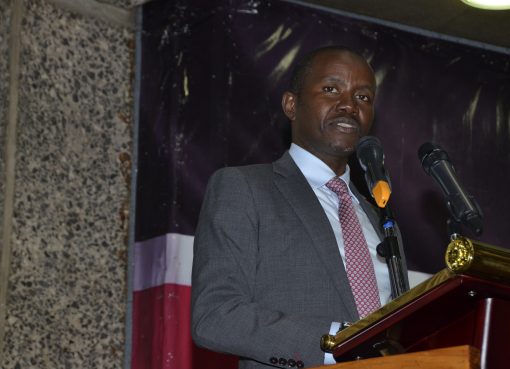The massive foreign investor outflow from the Nairobi Securities Exchange (NSE) in the last two years now presents a perfect opportunity to invest at the bourse because of the low prices, analysts at investment firm Genghis Capital predict.
In a newly released playbook, themed “Embracing Value” the analysts note that Kenya was trading at attractive multiples on the back of a massive sell off in 2018 which saw the NSE 20 share index take a 23.5 per cent beating to close at 2,833 and the Nairobi All Share Index (NASI) decline 16.6 per cent to 86.47 points.
The upside to this is that valuations are now ever so attractive, presenting an excellent entry point for most stocks which previously traded at a premium to intrinsic value, the Genghis Capital Playbook 2019 reads in part.
“The NSE abounds with value opportunities, including some large cap foreign investor favorites that have previously traded at a premium. We see value in Safaricom and Bamburi on the non-financials front and KCB Bank and Equity Bank on the financials side, currently offering great entry points and significant upside,” the report says further.
In the playbook, the research team at Genghis Capital have launched their model equity portfolio, which features momentum stocks, income stocks and value stocks. Investors looking to take advantage of momentum swings should consider Safaricom, EABL, KCB Bank and Equity Bank while those looking for value are advised to purchase KCB Bank, Bamburi and Kenya Re. Further, if one is looking for income, KCB Bank, Stanchart, Barclays Bank and Stanbic are their best bets, with KCB Bank on the lower side of the dividend yield at 7.4 per cent and Stanchart on the higher side at 8.7 per cent.
According to this playbook, Kenya will be the proverbial eagle in 2019, rising from the ashes of political uncertainty (pre-handshake), a biting credit crunch that stifled private sector growth, constrained corporate earnings growth, poor corporate governance that resulted in the near collapse of retail and manufacturing giants and a massive foreign outflow at the NSE to the tune of USD. 292m (KES.29.2 billion).
“In our opinion, Kenya looks attractive compared to other African counterparts, including Nigeria which is still grappling with forex challenges and upcoming elections that may see a further flight of capital potentially to Kenya,” the report says.
The report further predicts that frontier markets will see increased interest this year given a higher possibility of outperforming both emerging and developed markets, owing to expectations of stronger earnings growth in the former in comparison to the other two. We believe Kenya is set to benefit from capital inflows from dedicated frontier funds as well as frontier and emerging market funds in 2019, it says.
Overall, the economy is expected to slightly improve this year with GDP growth projected to reach 6.0% given that agriculture, which drove the bulk of the growth in 2018 owing to a lower 2017 base, might not record an equally stellar performance. However, sustained recovery in the tourism industry and increased foreign remittances on the back of the amnesty extension to 2019 offer some upside potential.
Headline inflation is projected to oscillate between 5.00% and 7.00% this year, with food supply shocks expected in the first quarter curbed by surplus carryover stocks, long rains production and regional cross-border staple food imports. Fuel inflation is expected to steady driven by growing non-OPEC global supply on rising US shale supply which will mitigate the OPEC+ December 2018 deal to trim its daily production output.
Further, the Kenya Shilling is projected to exchange between 101.00-103.00 to the US dollar for most of the year.
“We opine that the stability of KES will be pegged on healthy forex inflows; diaspora remittance, tourism earnings and inflows tied to the tax amnesty program ending on 30th June 2019,” the report notes.
On the monetary policy side, the report projects the central bank rate to be maintained at 9.00% throughout 2019.
It notes that private sector credit growth remains anemic and has trailed the Central Bank target as outlined in the bi-annual Monetary Policy Statement reports.
This has been a major concern raised by CBK and we are likely to see Monetary Policy Committee maintaining its policy stance as the effect of the removal of interest rate cap floor trickles in.
By Joseph Ng’ang’a



